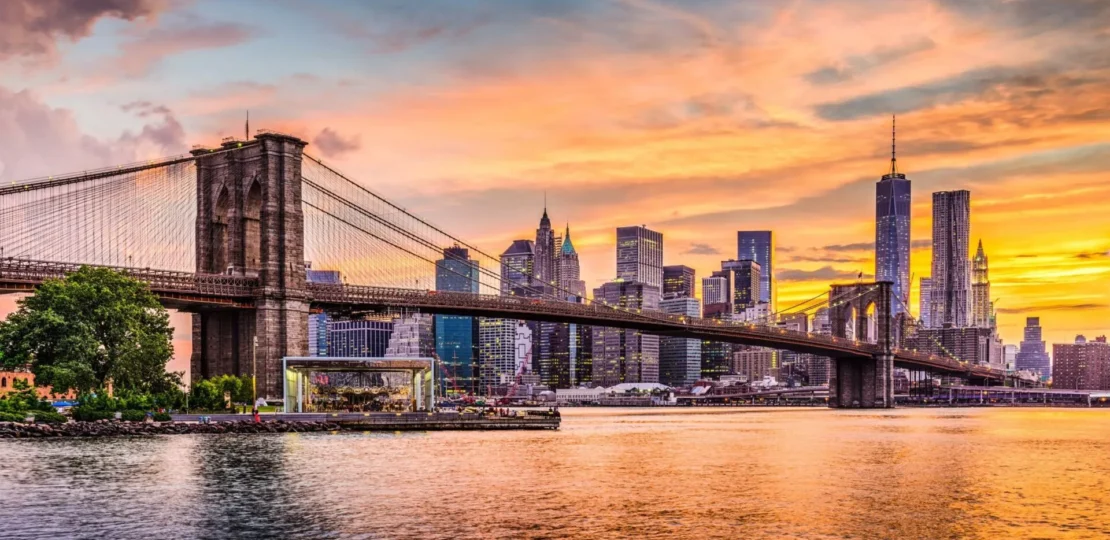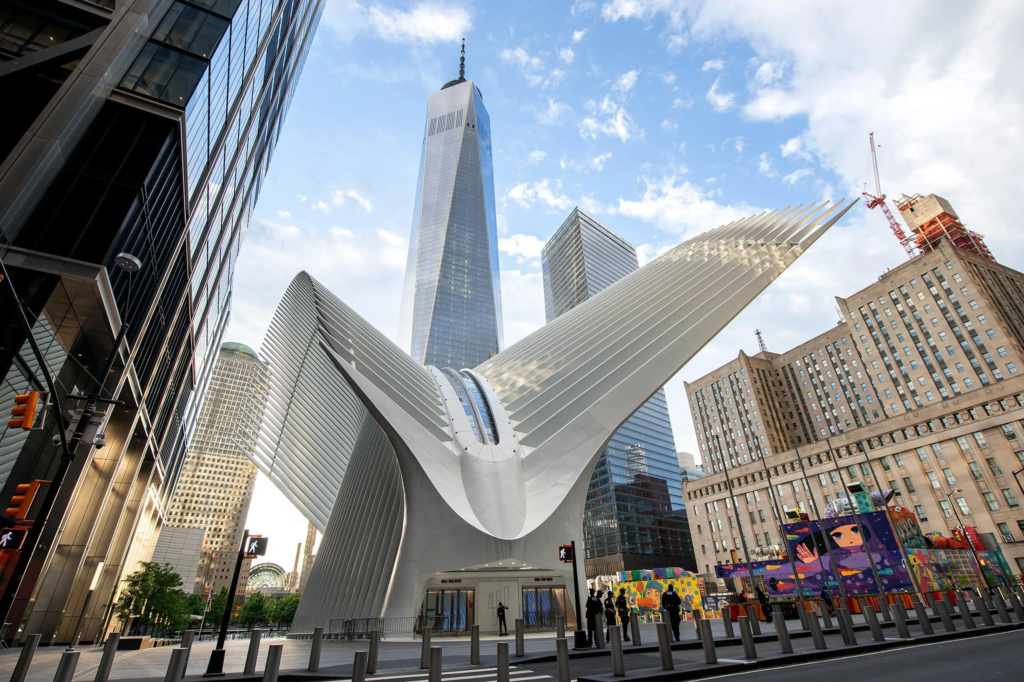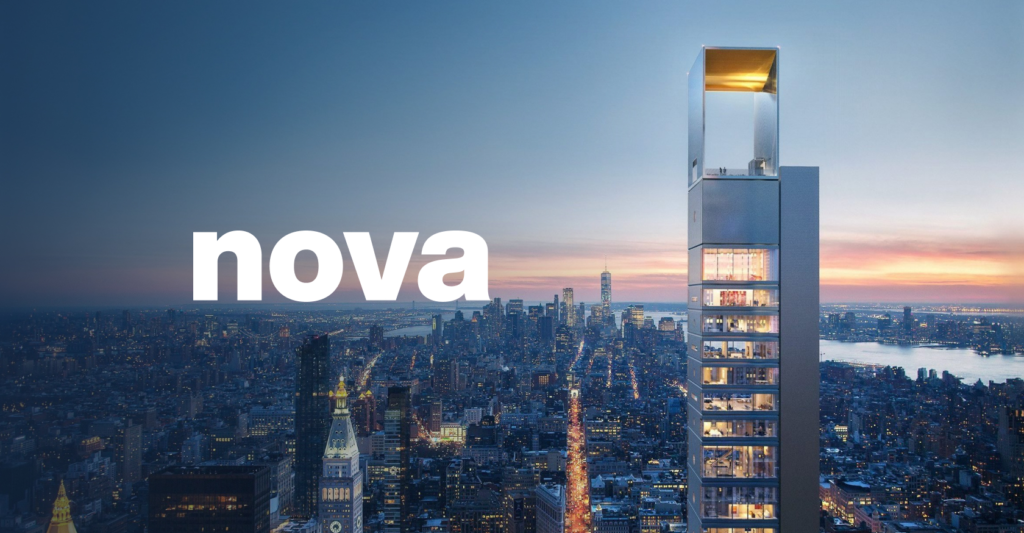
What would New York be without its buildings and buildings without New York? It is difficult to answer this question as the two are so closely associated. Today, no fewer than 280 buildings rise more than 150 meters above the city. However, this harmony between the city and its towers now seems to weigh on the balance of the metropolis.

Why is New York building so much?
The construction of these buildings, particularly on Manhattan Island, represents a significant source of revenue for the city. Property taxes in New York, paid by property owners, accounted for a fifth of the total collected by the city in 2023, or more than $6 billion. These billions are thus directly injected into the city's total budget, which extends to $107 billion.
The construction of these buildings also promotes job creation, particularly in the construction sector. According to MetropolisNY, building construction in New York City created approximately 143,000 jobs in 2023, a figure that is slightly up from 2022, when 139,000 jobs were recorded in the building construction sector.
New York is also built not only to meet economic demand, but also to strengthen its iconic image. Always seen as the gateway to the American dream, the city attracts millions of tourists every year, fascinated by its famous skyline. This urban panorama, a symbol of American dynamism, pushes New York to constantly "outdo" itself in the construction of ever taller and more innovative skyscrapers.
However, the city seems to be trapped in a vicious circle. For decades, it has been seen as a model of the avant-garde, both in terms of its lifestyle and its architecture. To maintain this reputation, it must constantly reinvent itself. This constant need for modernization is all the more pressing in the face of the emergence of new megacities, particularly in Asia, where cities such as Dubai and Hong Kong now rival New York in terms of height, architectural innovation and economic ambition.

What impact on the city?
The first consequence of the construction of this skyline is the reinforcement of inequalities. Wealthy investors and very rich residents are often interested in acquiring New York skyscrapers, the first consequence of which is to create a phenomenon of gentrification. This attraction of the elites has led to a significant increase in real estate prices in the affected neighborhoods, as well as an increase in the cost of living. Between 1990 and 2014, household incomes in the 15 neighborhoods undergoing gentrification, such as Central Harlem and the Lower East Side, increased by 14%, while in non-gentrified neighborhoods, incomes fell by 8% on average.
New York’s skyscrapers, particularly those housing luxury residences, are also often acquired by billionaires, both American and foreign. Used as second homes, these apartments remain unoccupied for most of the year, while New Yorkers, particularly the middle and lower classes, struggle to access affordable housing. The majority of the offices in these buildings are empty, and the New York Times has revealed that the office space currently available could fill 27 One World Trade Centers. This phenomenon exacerbates the concentration of wealth, reinforcing existing inequalities. Meanwhile, the demand for affordable housing continues to grow. In 2023, the city recorded a historically low rental vacancy rate of 1.4%, the lowest in more than 50 years. For low-rent apartments (less than 2,400 $), this rate falls to less than 1 %, thus increasing the difficulty for low-income households to find housing.

The last notable impact is that New York no longer seems to belong to its people. People can no longer live in the heart of Manhattan given the cost of living. They also seem to have lost their influence. A new building named "Nova" 262 meters high and located at 262 Fifth Avenue, will be operational in 2026, despite the strong disapproval of the population. The Empire State Building embodies another poignant symbol of the loss of sovereignty of the people of New York. The building was built to give hope to the people of New York during the Great Depression. It was visible everywhere in the city and one could go up it for the modest sum of 1 $. Today, the building is lost in the skyline and the price to access its famous 102nd floor is 80 $.

Solutions?
Building construction may be slowing in the Big Apple. Manhattan construction prices have skyrocketed, and banks are unwilling to lend as much money. “It’s hard to justify breaking ground when the fundamentals of supply and demand are out of whack,” said James Millon, president of CBRE, a real estate services firm that helps developers raise capital. Manhattan is entering its worst building drought since the savings and loan crisis of the late 1980s and early 1990s. Developers now acknowledge that the next wave of large office towers may not see the light of day until the early 2030s, or even later.
In conclusion, while New York must continue to innovate and build by looking to the future, it must first focus on resolving the current challenges that weigh on its development, in order to build a future that is both ambitious and sustainable.
It is also interesting to ask whether New York is a reflection of the human condition. The Empire State Building could be seen as a metaphor for our intrinsic nature, now hidden behind superficial structures that rise like modern towers. These towers represent the virtues we have cultivated over time. However, in adopting these attributes, we may have also altered our deep essence. This iconic skyscraper thus becomes the symbol of human transformation, where the original identity is veiled by facades of success and progress, perhaps at the cost of our authenticity. And now, must we also escape from a trap of our own creation?
RELATED POSTS
View all


